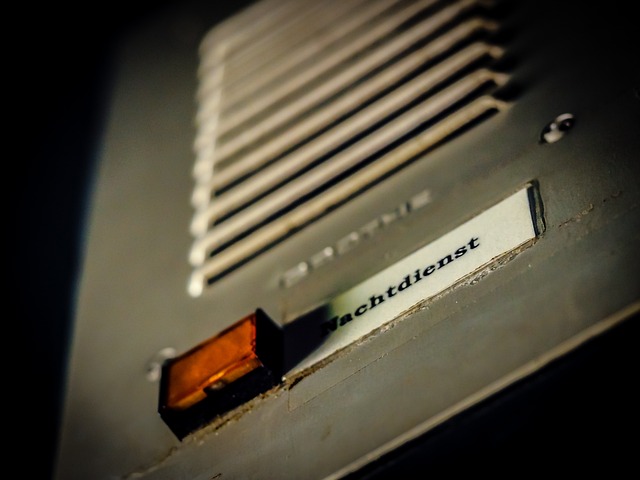“In the aftermath of storms, trees and branches can pose significant risks in Easley, SC. Understanding storm damage and knowing when to call for professional assistance is crucial for maintaining a safe environment. This article guides you through recognizing storm-damaged trees, highlighting the importance of commercial emergency tree removal for your property’s safety. We’ll also cover safety protocols for branch removal and offer effective strategies for post-removal tree restoration.”
- Understanding Storm Damage to Trees in Easley SC
- When to Call for Commercial Emergency Tree Removal
- Safety Protocols for Removing Damaged Branches
- Effective Strategies for Tree Restoration Post-Removal
Understanding Storm Damage to Trees in Easley SC
In Easley, SC, understanding storm damage to trees is paramount for ensuring safety and property protection. Severe weather events can leave trees significantly weakened or completely upended, posing substantial risks to nearby structures, power lines, and pedestrians. Recognizing the signs of storm-damaged trees—such as broken branches, snapped trunks, or uprooted roots—is crucial for prompt action.
When a storm strikes, professional commercial emergency tree removal services become indispensable in Easley SC. These experts are trained to assess storm damage efficiently and safely, utilizing specialized equipment to remove hazardous trees and branches before they cause further destruction or injury. Timely intervention not only mitigates potential risks but also helps preserve the landscape and structural integrity of the area.
When to Call for Commercial Emergency Tree Removal
If a storm has left your Easley, SC property with damaged trees and branches, it’s crucial to act swiftly for both aesthetic reasons and most importantly, safety. While some smaller tasks like clearing minor debris can be handled on your own, commercial emergency tree removal services should be contacted immediately in cases of severe damage. Fallen trees or branches hanging precariously over structures, power lines, or roads pose significant risks that require the expertise of professionals equipped to handle them safely and efficiently.
Timely intervention is key; waiting could lead to further property damage or even endanger lives. Commercial emergency tree removal teams in Easley SC are trained to assess the situation quickly, ensuring the safety of both their personnel and your surroundings. They possess the necessary tools and equipment to remove hazardous trees and branches while minimizing disruption to your environment.
Safety Protocols for Removing Damaged Branches
When dealing with storm-damaged trees, prioritizing safety is paramount, especially if considering a do-it-yourself approach to branch removal. In Easley, SC, where commercial emergency tree removal services are readily available, it’s often best to trust professionals for hazardous tasks. Damaged branches can pose significant risks, including sharp edges and unpredictable breakage.
Professional arborists are equipped with specialized gear and extensive training in safely navigating these situations. They employ strategies tailored to each unique scenario, ensuring minimal risk to property and individuals nearby. Prompt action after a storm is crucial, as delayed removal may encourage further decay and instability, potentially leading to more severe damage or injuries.
Effective Strategies for Tree Restoration Post-Removal
After storm damage necessitates commercial emergency tree removal for safety in Easley, SC, proper restoration strategies can ensure your property regains its beauty and stability. The first step is to assess the remaining tree structure, checking for any signs of rot or disease that could compromise future health. Pruning techniques play a vital role here; removing dead branches helps redirect energy towards new growth.
Planting new trees or shrubs suitable for your region can enhance the overall landscape. Choose species resistant to local pests and diseases, ensuring they align with your property’s unique microclimate. Regular maintenance, including deep watering and fertilizing, will support these new additions as they establish themselves, fostering a healthier, more resilient environment.
